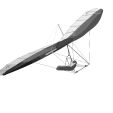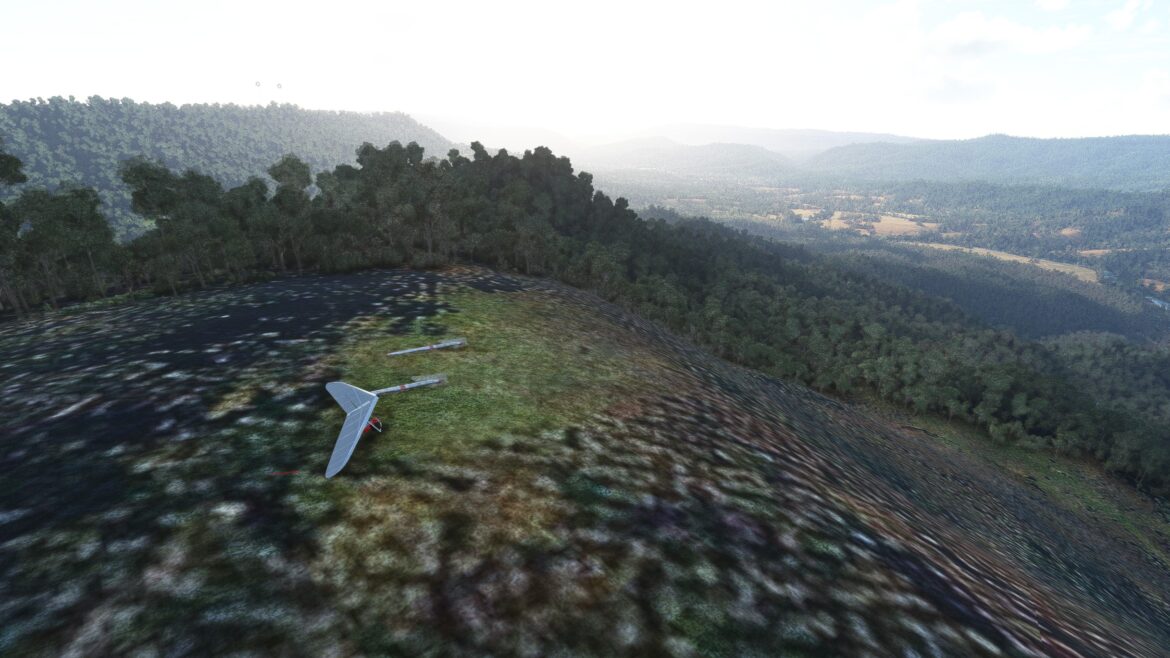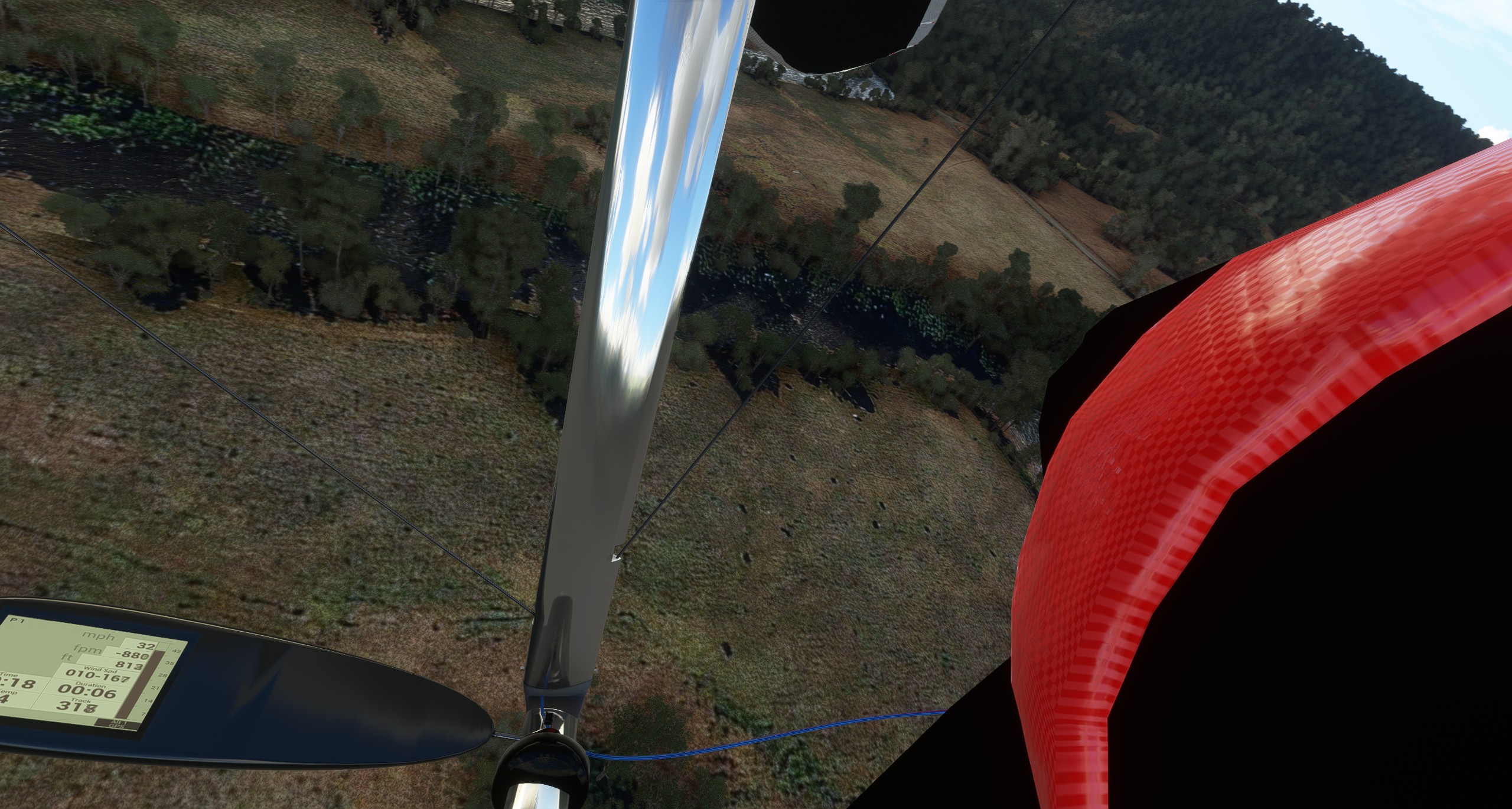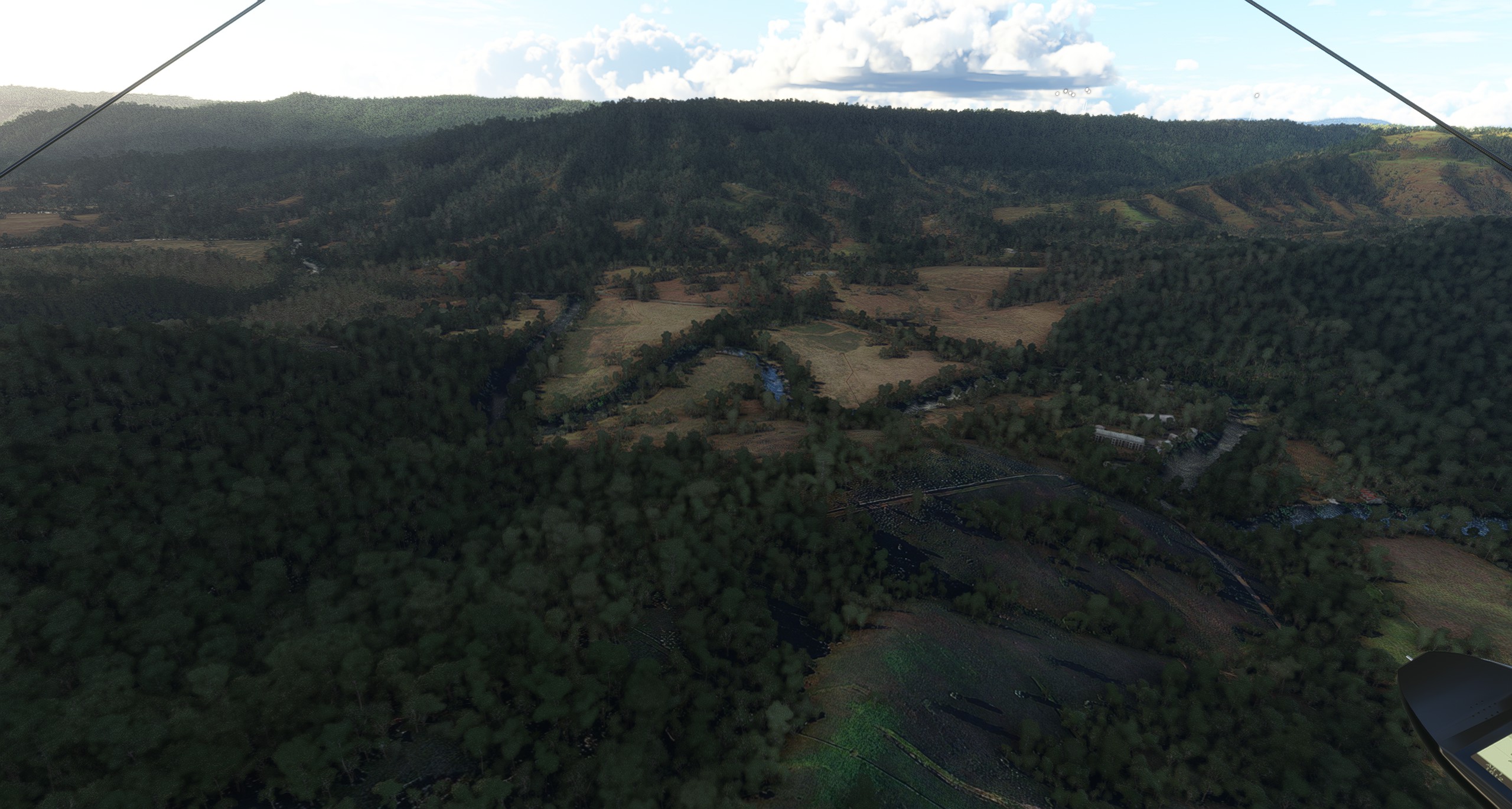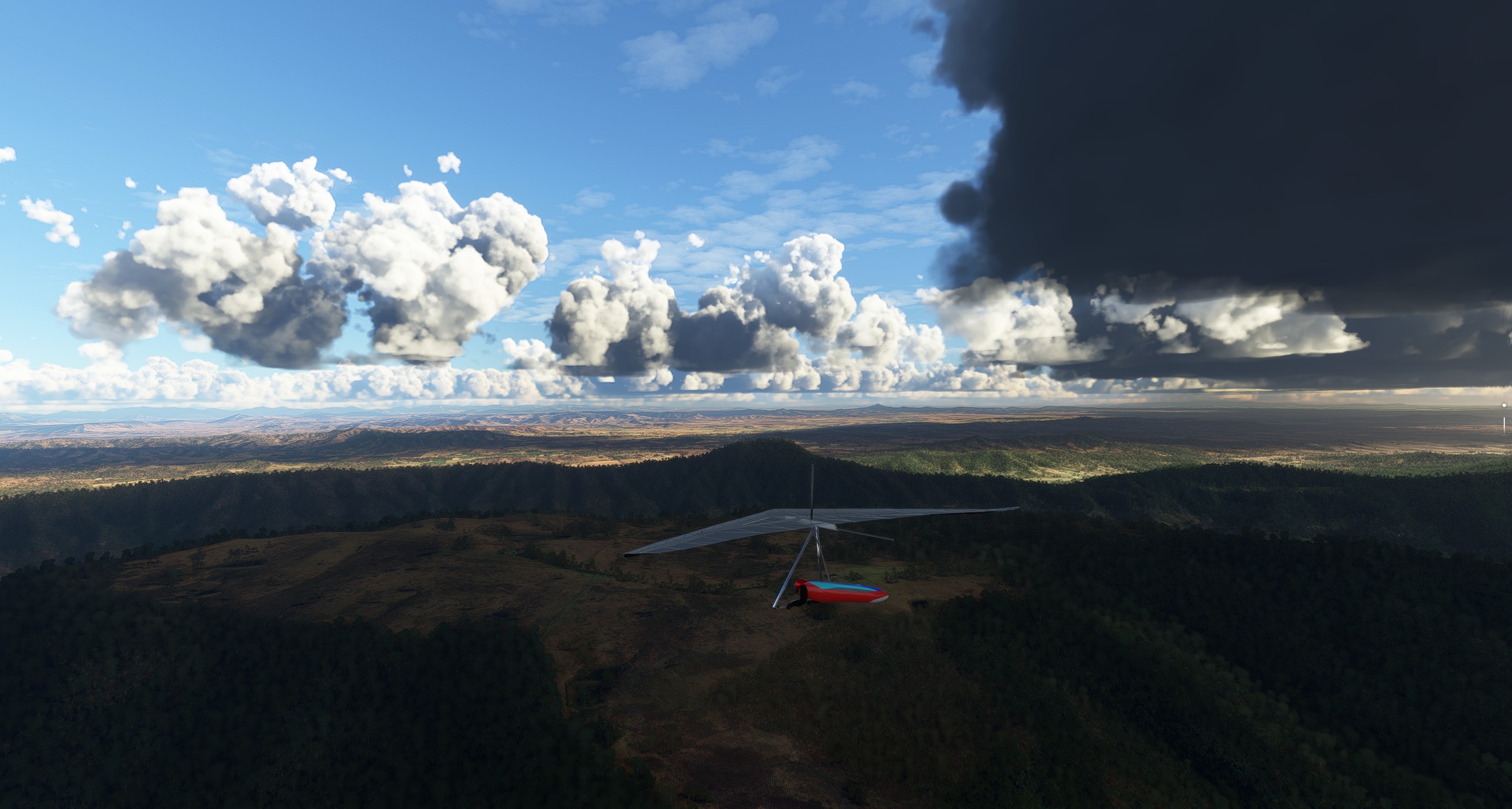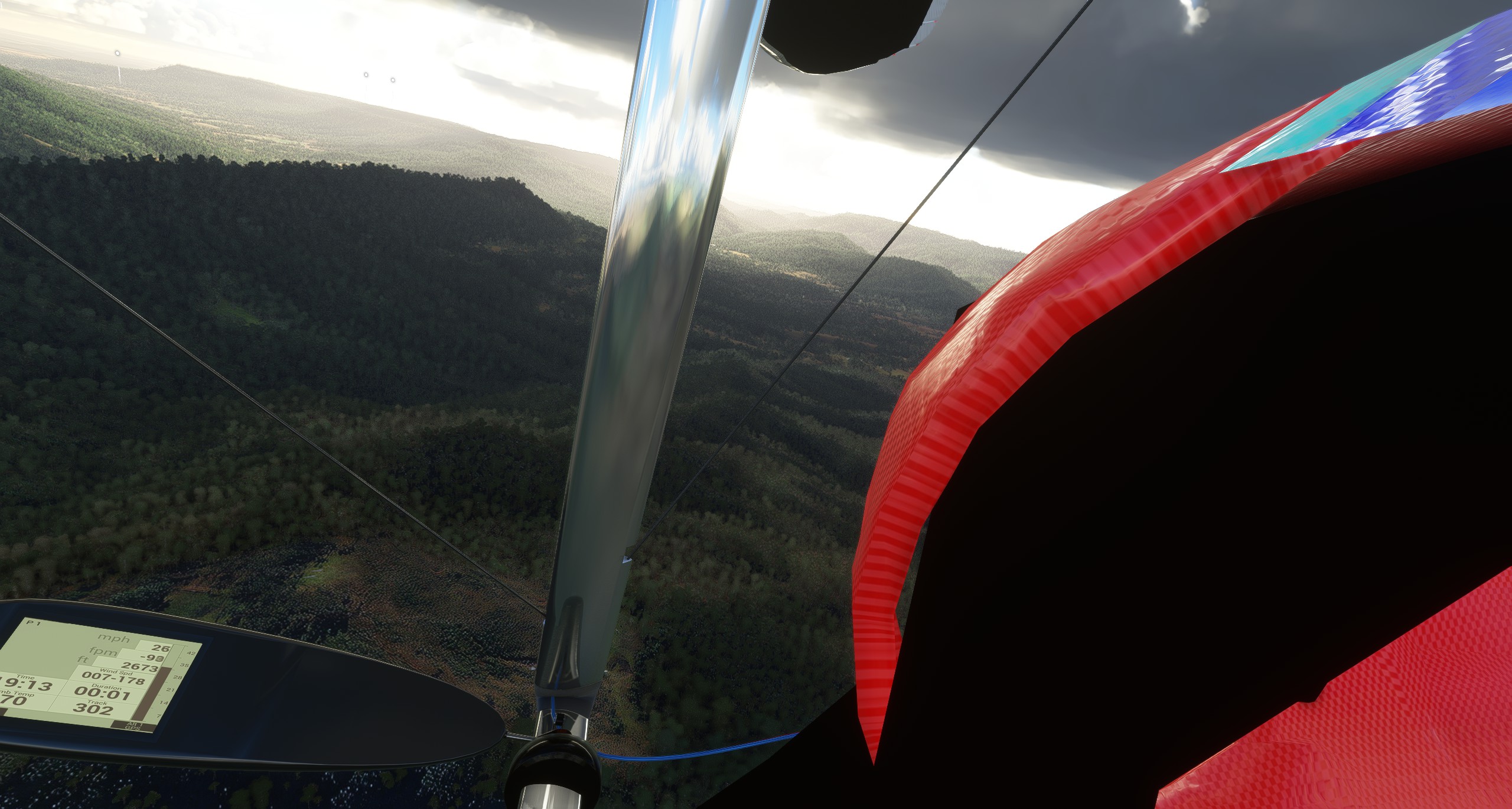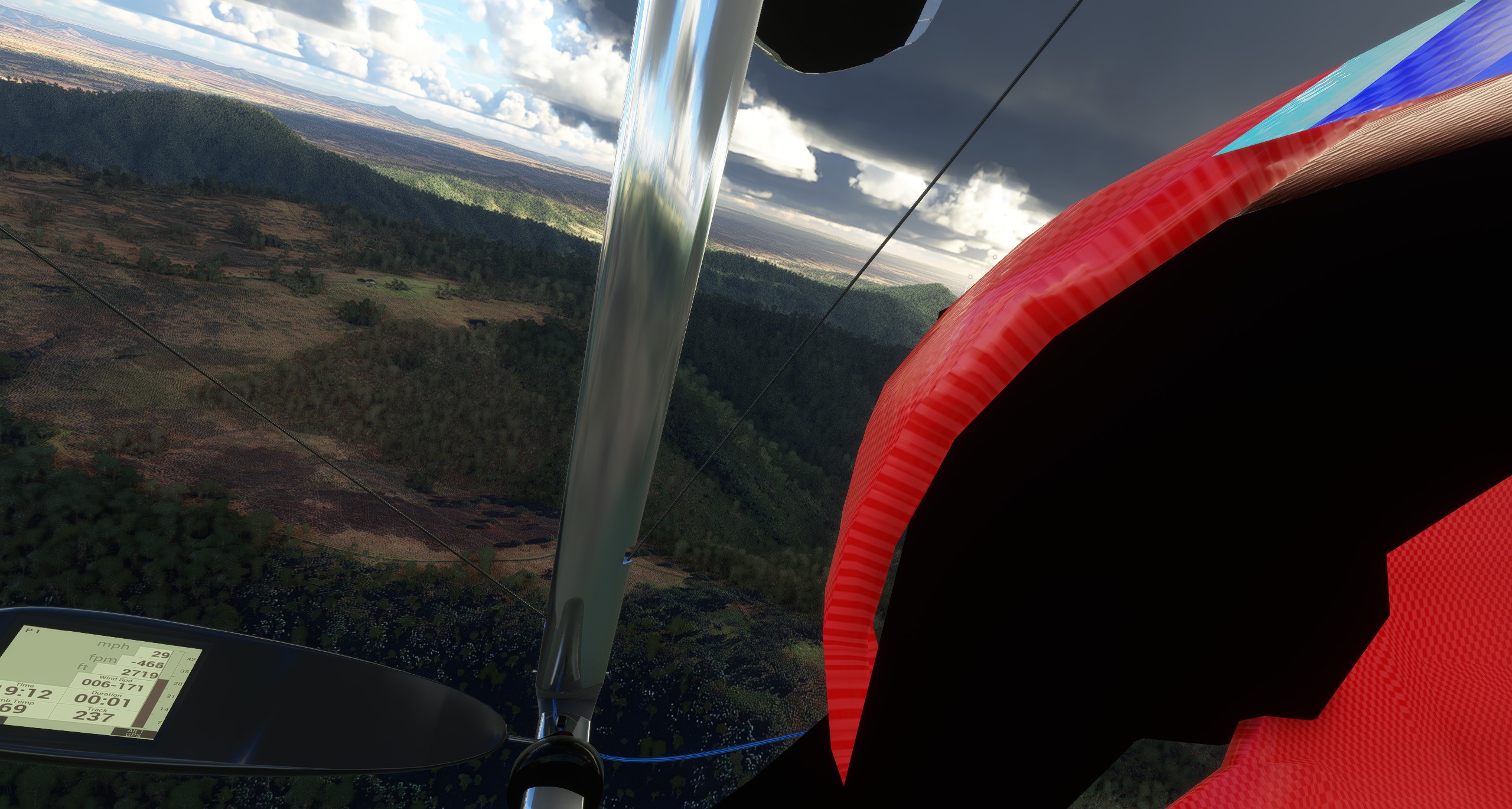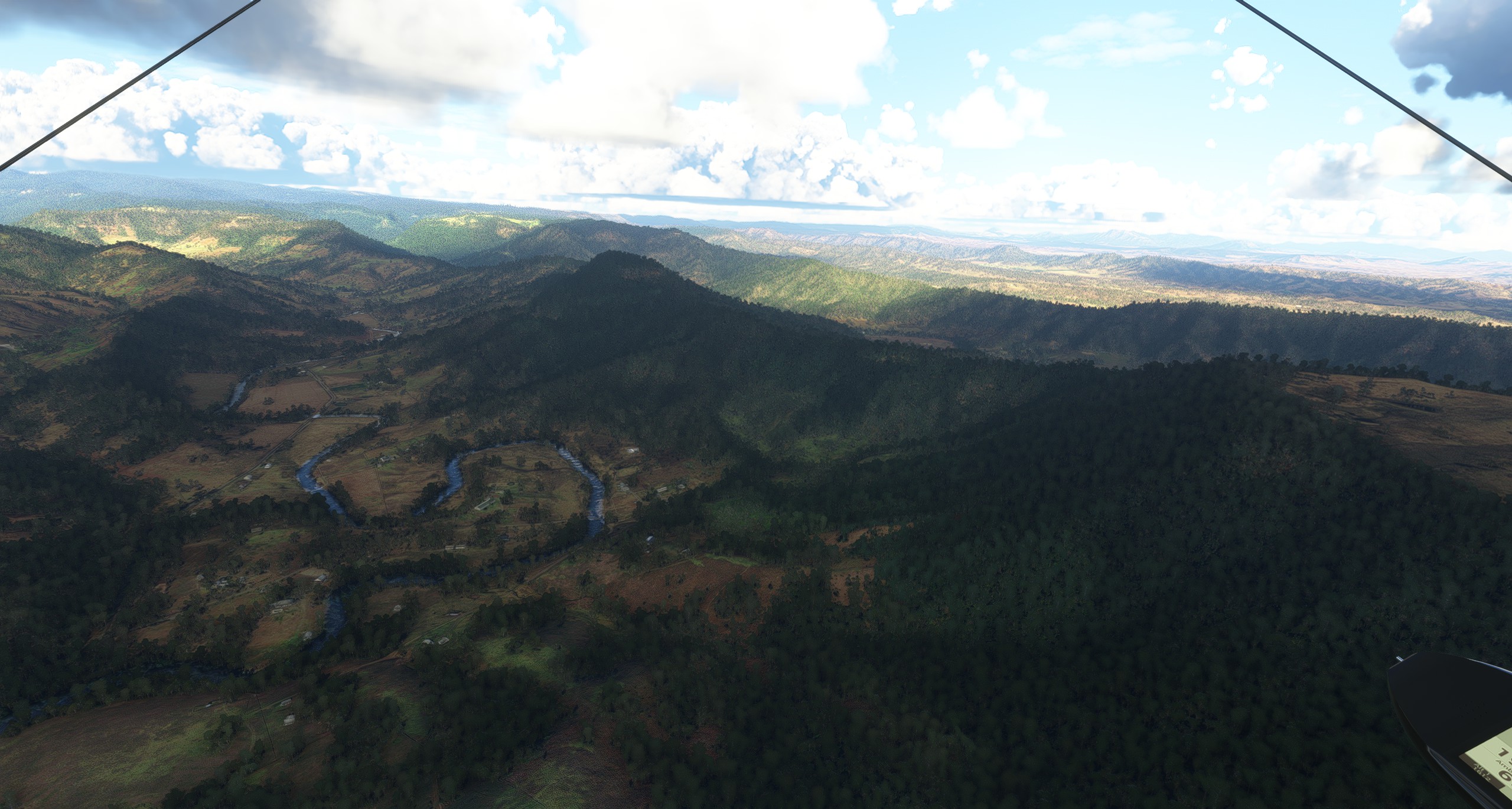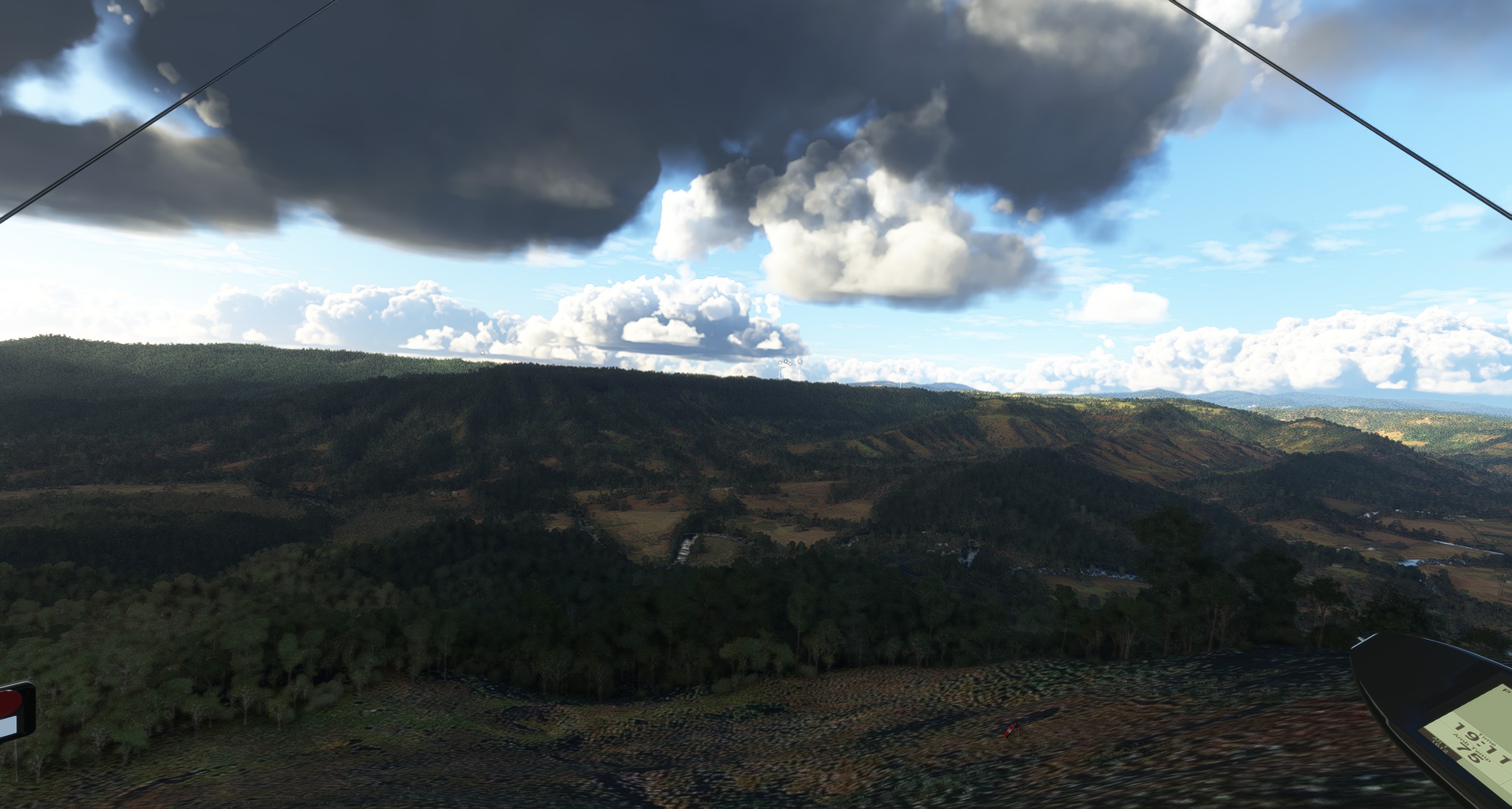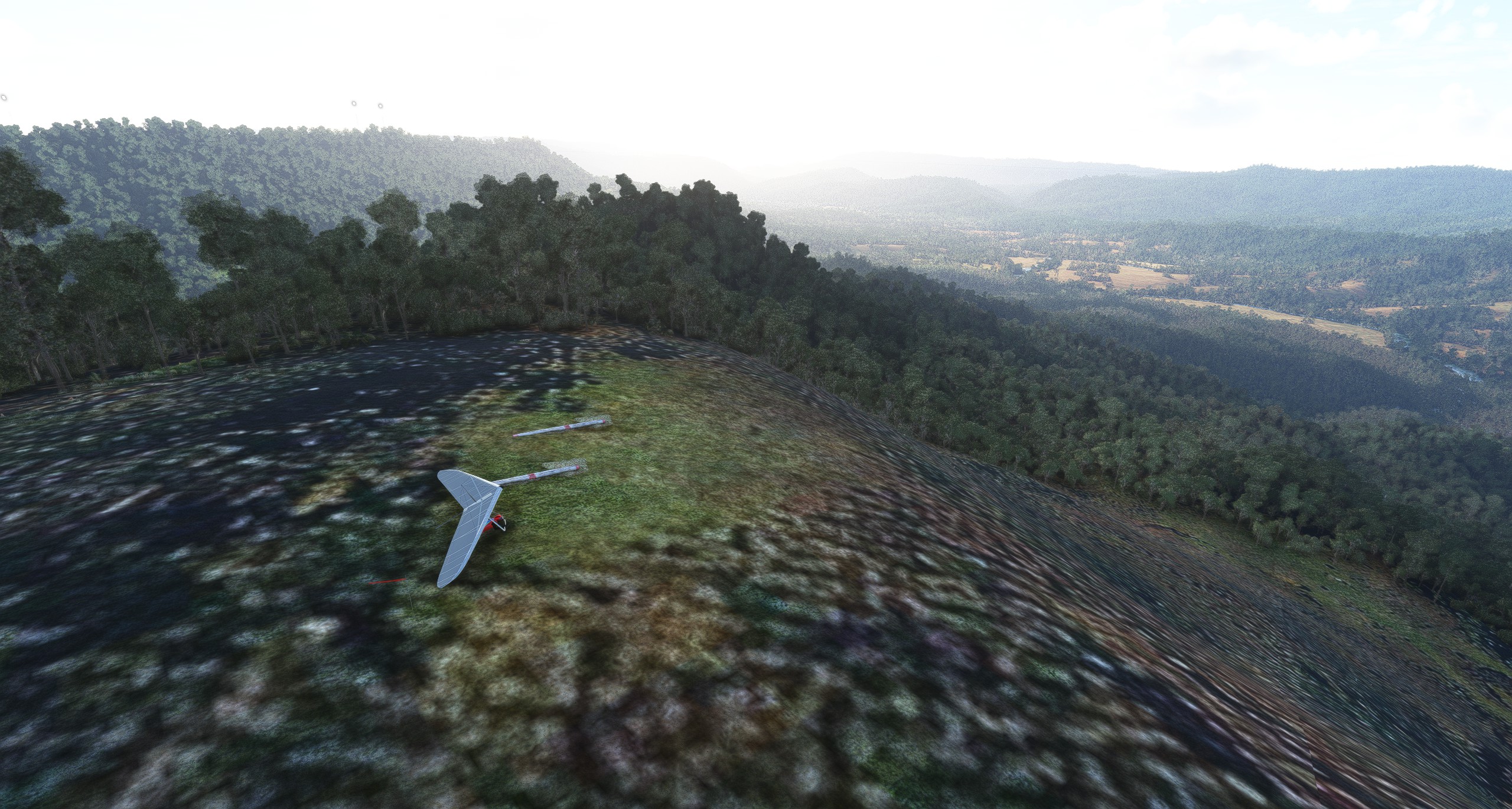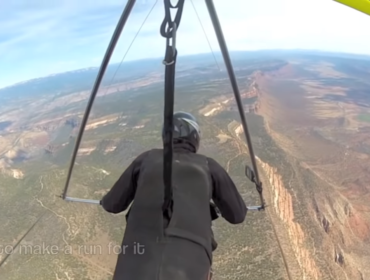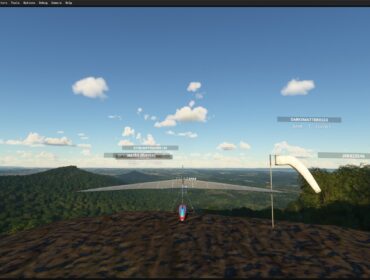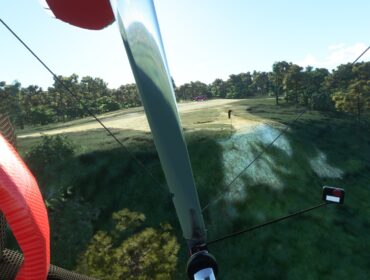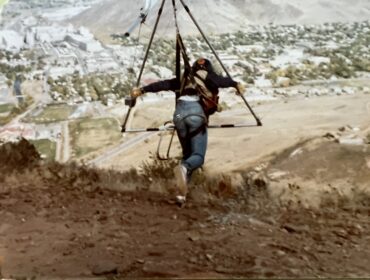Australia – Queensland
Site Information
Hinchcliff is a hang gliding and paragliding site located in Beechmont, Queensland, Australia. It is a thermic site with great cross-country potential, but it is not ridge soarable. It is often flown when the wind strength is too strong to fly from Beechmont. The site is only to be used by CHGC pilots or visiting pilots in the company of a CHGC member.
Launch Sites
There are three launch sites on Hinchcliff: Hart’s, Flattop and Hinchies. They are all on the same ridge running parallel to Beechmont, but they face slightly different directions. Hart’s and Flattop are suitable for hang gliders and paragliders, while Hinchies is only for paragliders.
- Hart’s: This launch faces southeast and is the most commonly used. It has a large grassy area with a gentle slope and a clear view of the valley. It can accommodate several gliders at a time.
- Flattop: This launch faces south and is slightly higher than Hart’s. It has a smaller grassy area with a steeper slope and some trees on the edge. It can accommodate one or two gliders at a time.
- Hinchies: This launch faces east and is the highest of the three. It has a very small grassy area with a very steep slope and some rocks on the edge. It can accommodate only one glider at a time and requires good launching skills. The coordinates are S28.07218, E153.14636.
Landing Areas
There are two landing areas for Hinchcliff: the official bombout and the emergency top landing.
- Official bombout: This is the only approved landing field for Hinchcliff. It is a V-shaped paddock directly east of launch and bounded by the road and the creek. It has a large grassy area with some power lines on the north side and some trees on the south side. It is visible from launch and easy to reach in most conditions.
- Emergency top landing: This is only to be used in case of emergency or strong wind conditions that prevent landing at the bombout. It is a flat area behind launch with some trees and rocks. It is not visible from launch and requires careful approach and landing skills. The coordinates are S28.07125, E153.14554.
Flying Conditions and Restrictions
Hinchcliff is a site that requires good thermalling skills and awareness of the wind direction and strength. It is not a site for beginners or low airtime pilots. The site is flyable in winds from southeast to east, but the best direction is southeast. The wind speed should be between 10 and 25 km/h for hang gliders and between 15 and 30 km/h for paragliders. The site is not ridge soarable, so pilots need to find and use thermals to stay aloft and go cross-country.
Some restrictions and rules for flying at Hinchcliff are:
- The site is only to be used by CHGC pilots or visiting pilots in the company of a CHGC member.
- Access to the site is only possible by obtaining the electronic gate opener from John Hinchcliffe, the owner of the site. The person who collects the gate opener is responsible for putting it back at the end of the day and sending a text message to Kevin, the manager of Saddleback, the property that the road goes through.
- The daily use fee for Hinchcliff is $5 per pilot and the cash is to be left under in John’s meter box.
- There is absolutely no top landing, no face landing or landing anywhere in the valley other than the official bombout.
- Pilots need to respect the airspace rules and avoid flying into controlled airspace or restricted areas. The site is close to Gold Coast airport and Brisbane airport, so pilots need to check the airspace charts and use a GPS or an altimeter to monitor their altitude.
- Pilots need to follow the HGFA code of conduct and the CHGC site guide when flying at Hinchcliff.
For more information on flying conditions and restrictions, pilots can check the following sources:
- Bureau of Meteorology: http://www.bom.gov.au/aviation/ for aviation weather services, forecasts, warnings and advisories.
- Airservices Australia: http://www.airservicesaustralia.com/ for aeronautical information service, airspace charts, NOTAMs and pilot briefing services.
- CHGC: http://www.chgc.asn.au/ for club information, site guide, contacts and events.
Best Times to Fly and Visit
Hinchcliff is a site that can be flown and visited all year round, but some months are better than others depending on the weather, the crowds and the activities. Generally, the best times to fly and visit Hinchcliff are:
- May to October: This is the dry season in Queensland, which means lower temperatures, lower humidity levels and less chance of rainfall. The flying conditions are more stable and predictable, and the thermals are more consistent. The visibility is also better and the scenery is more green and lush. This is also the peak season for tourism in Queensland, so expect more crowds and higher prices in popular destinations like Cairns, Port Douglas and the Great Barrier Reef. However, Hinchcliff is not as busy as other sites, so you can still enjoy a peaceful flight and a relaxing holiday.
- November to April: This is the wet season in Queensland, which means higher temperatures, higher humidity levels and more chance of rainfall. The flying conditions are more variable and challenging, and the thermals are more strong and turbulent. The visibility is also reduced and the scenery is more brown and dry. This is also the low season for tourism in Queensland, so expect less crowds and lower prices in most destinations. However, Hinchcliff is not as affected by the wet season as other sites, so you can still find some good flying days and some sunny days.
Some factors to consider when planning your trip to Hinchcliff are:
- Coral spawning: This is a natural phenomenon that occurs when corals release their eggs and sperm into the water to reproduce. It usually happens in late spring or early summer (September to November) around the full moon or the new moon. It attracts many marine animals and creates a spectacular underwater show. It is a great time to visit the Great Barrier Reef and experience this unique event.
- School holidays: This is when Australian schools have their breaks and many families travel within the country or overseas. They usually begin a week or two before Christmas (December) and end in late January or early February. They also occur in April, July and September for shorter periods. They can affect the availability and prices of flights, accommodation and activities in Queensland, especially in coastal towns.
- Monsoon season: This is when tropical storms bring heavy rain, strong winds and possible flooding to northern Queensland. It usually occurs from December to March, but it can vary from year to year. It can affect the flying conditions at Hinchcliff as well as the access to the site. It can also affect the water quality and visibility at the Great Barrier Reef and other marine attractions.
For more information on the best times to fly and visit Hinchcliff, you can check the following sources:
- Intrepid Travel: https://www.intrepidtravel.com/au/australia/queensland/far-north-queensland/best-time-to-visit-far-north-queensland for an overview of the weather patterns and seasons in Far North Queensland.
- SunPope: https://www.sunpope.com/queensland/ for climate charts and tables for different locations in Queensland.
- Lonely Planet: https://www.lonelyplanet.com/articles/best-time-to-visit-australia for a monthly guide of what to do and see in Australia.
- Australia Your Way: https://australiayourway.com/when-to-visit-queensland/ for tips on how to avoid the crowds and find the best deals in Queensland.
